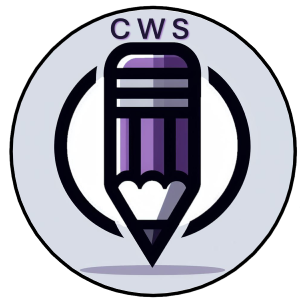 Yes, I know B2B buyers are savvy. I know most of them use computers and the Internet in their jobs each and every day. And I’m sorry to tell you, they really do think your website is hard to use.
Yes, I know B2B buyers are savvy. I know most of them use computers and the Internet in their jobs each and every day. And I’m sorry to tell you, they really do think your website is hard to use.
I’ll give you an example from my own experience. My dryer died a few weeks ago and I’ve been doing research before purchasing a new one. Now I’m not the type to actually purchase a dryer online, but I’m happy to do all my research there.
One of the things I wanted to know is how much the dryer was and whether my local store had it in stock. Finding the local store information and getting it to display on the websites was a huge challenge.
First, they all called it something different. Store locator. Store finder. And my personal favorite, directory. In addition to the different terminology, the links to find the store were in eight point type and in different locations. One had it in the top right hand corner. Another just above the menu while the next had it just below (in those cases the menus were in different places as well.)
I have suspicions that the difficulty in figuring out store information from the website had a lot more to do with whether the online group or the local store got credit for the revenue, and a lot less do to with me and what I need as a customer.
Did I figure it out? Yes.
Was it annoying and more difficult than it needed to be? Absolutely.
Now I know the example is from B2C, but I’ll bet any B2B buyer doing comparison shopping (and you’re kidding yourself if you think they aren’t) runs into the same thing.
Menus in different places. Sometimes you get dropdowns by hovering. Sometimes you have to click. Sometimes when you click you don’t get the information you thought you would. Sometimes corporate contact information is on the About Us page, and sometimes it is on the Contact page. And sometimes there is only a form that requires me to give up all of my personal information for the privilege of speaking with someone in person.
Those are little examples, but pertinent ones. The list goes on.
The solution? Make your website as easy to use as possible.
I worked in development for a lot of years, and I can already hear the snickers of the IT folks. “Only Mr. Dumas couldn’t use our site now,” they say.
And they would be wrong.
They – and you – are too close to the problem. They – and you – are on your site every single day guiding prospects around as you showcase your solution, guiding customers around to help them use your product.
Why do you do so much guiding? You’re kidding yourself if you think the customer values that interaction. There’s a great article by Tim Riesterer on Marketing Profs discussing how companies value these “touch points” much more than customers do.
I’ll give you a hint. You are doing so much guiding because customers find your website hard to use. They find it difficult to navigate. They can’t easily find what they want. And rather than mess with it they’ll call you. Or wait until you call them. Or click away.
So make your website easy. Make the navigation intuitive. Create content customers and prospects want to see, and make it easy for them to find it.
I know. Not so easy. But done well, an easy to use website will convert prospects and help turn customers into fans.
Image courtesy of kellyatacat
